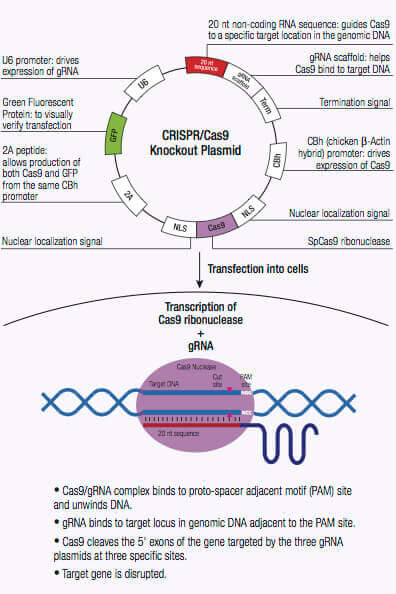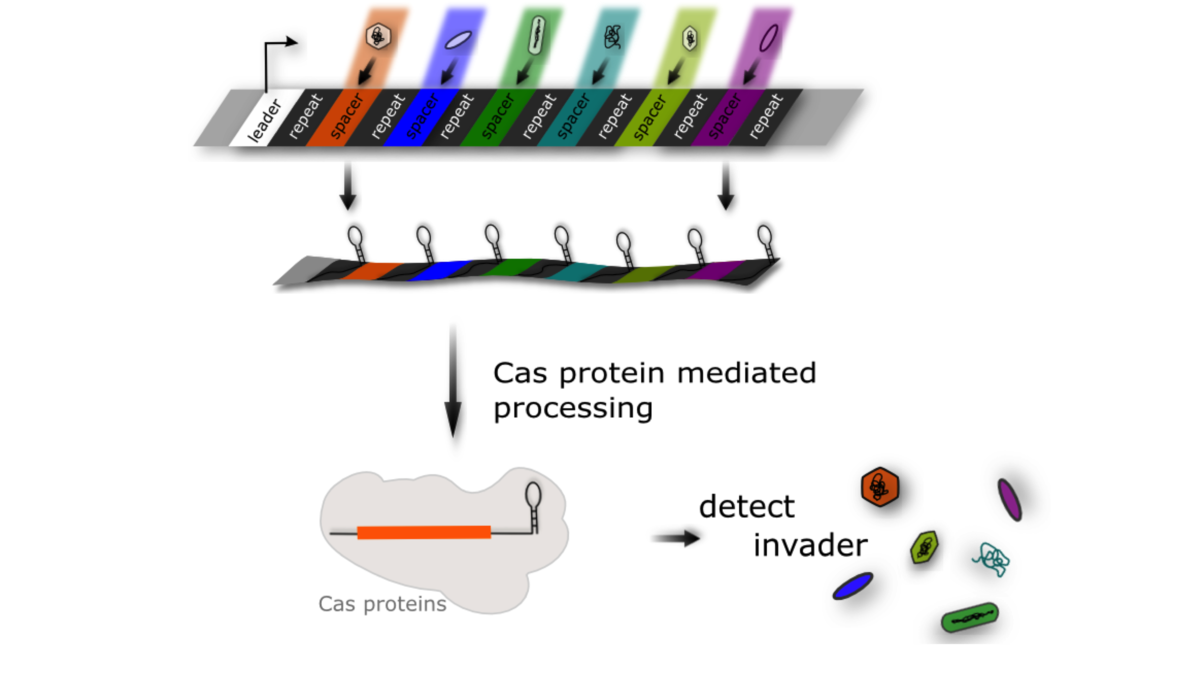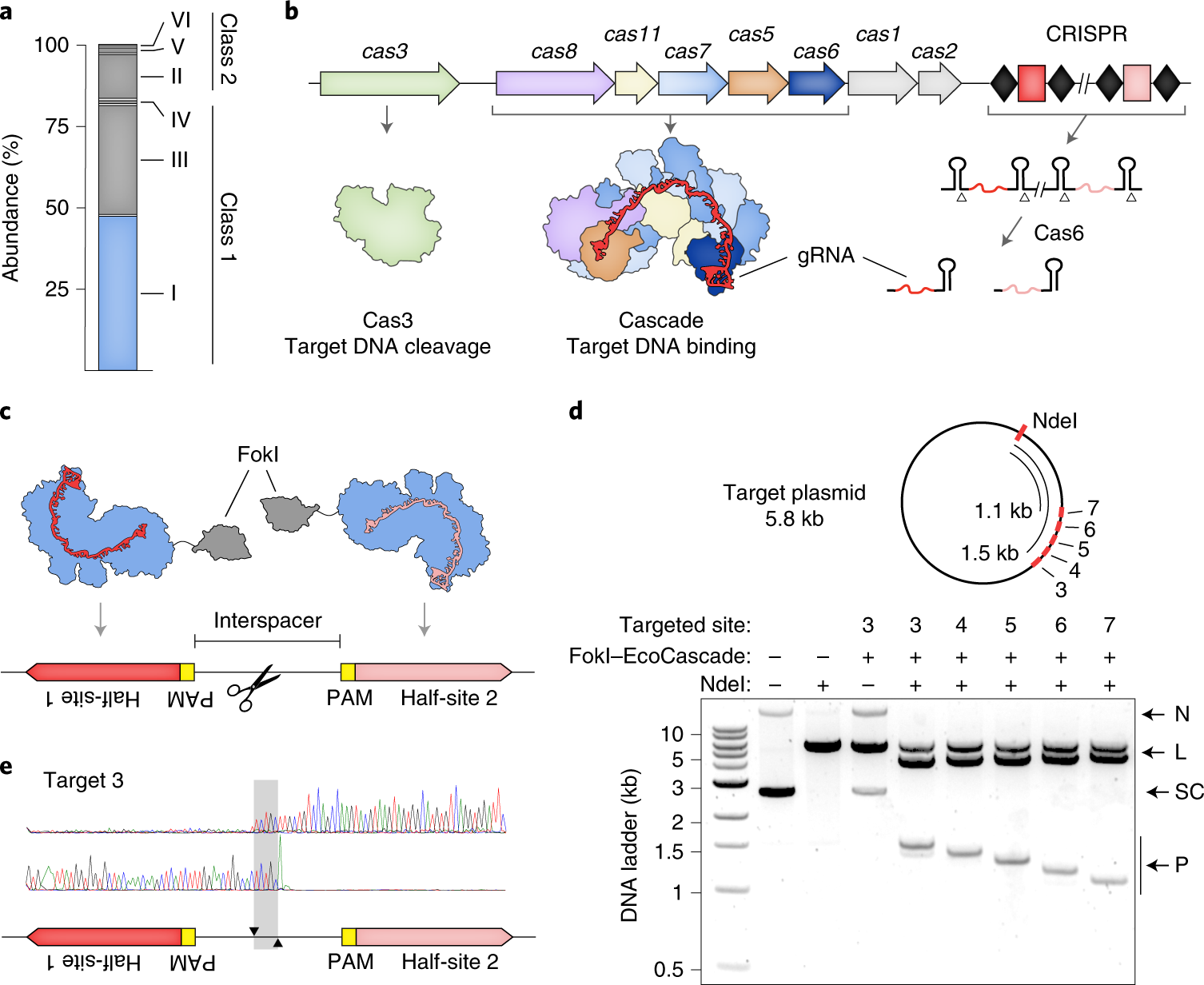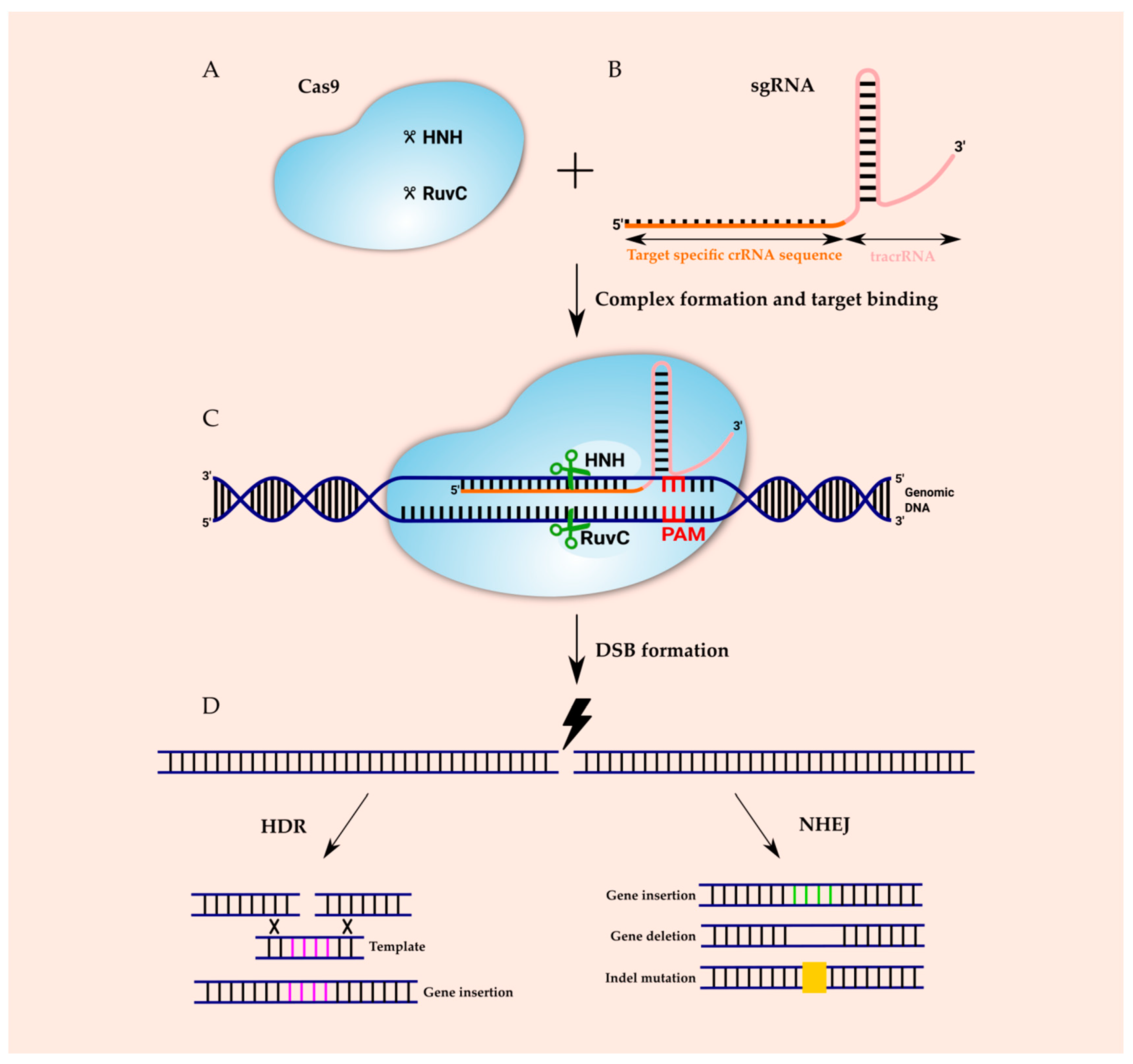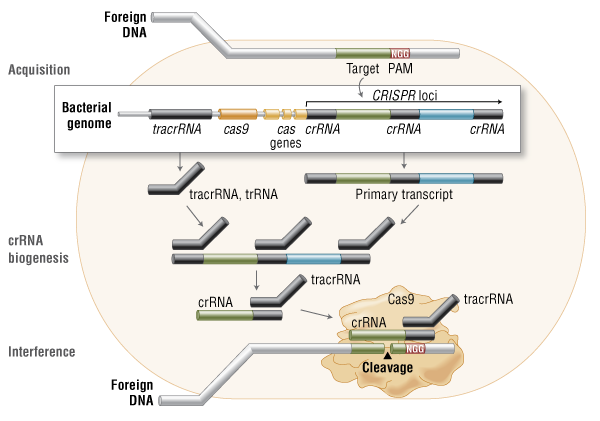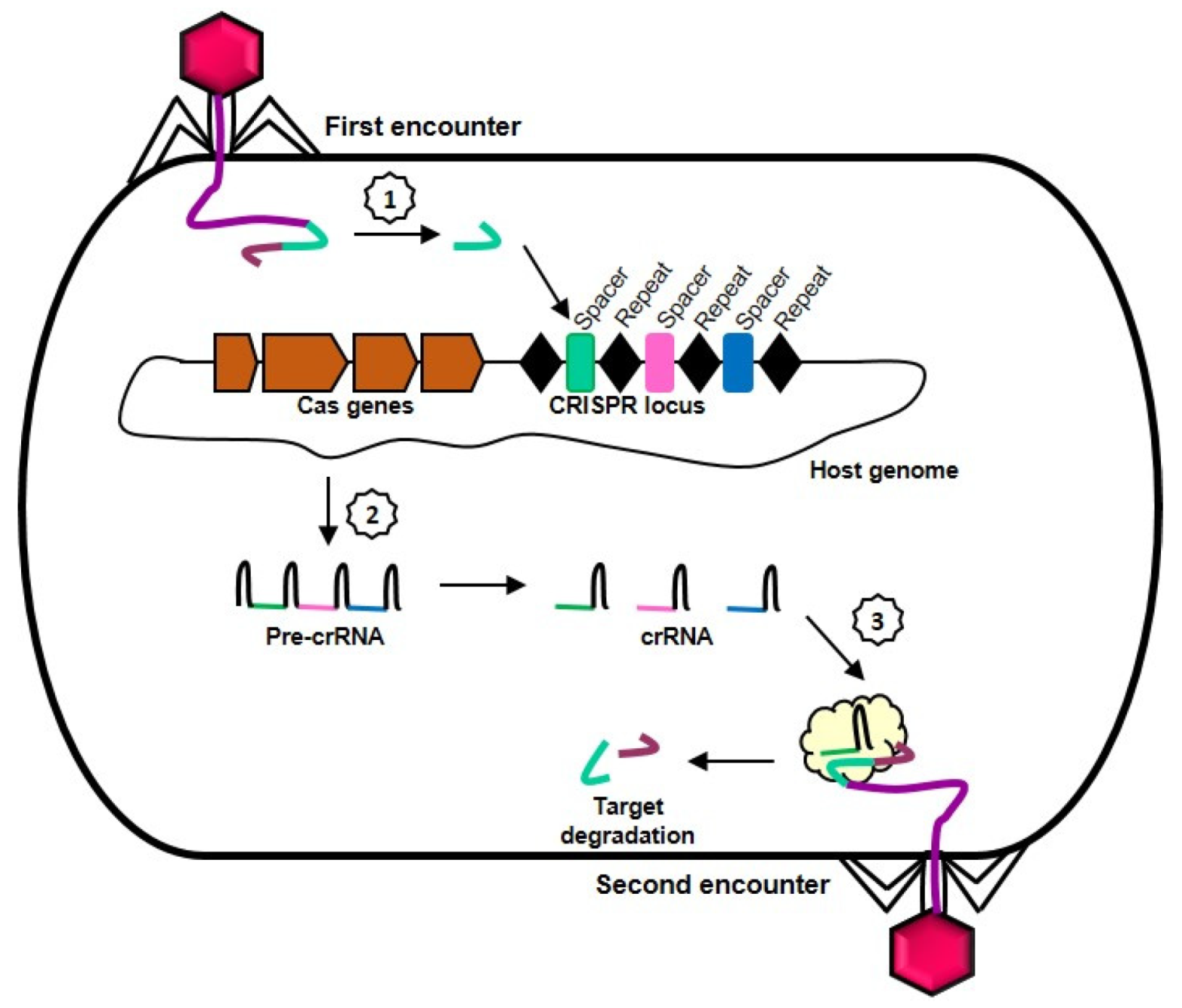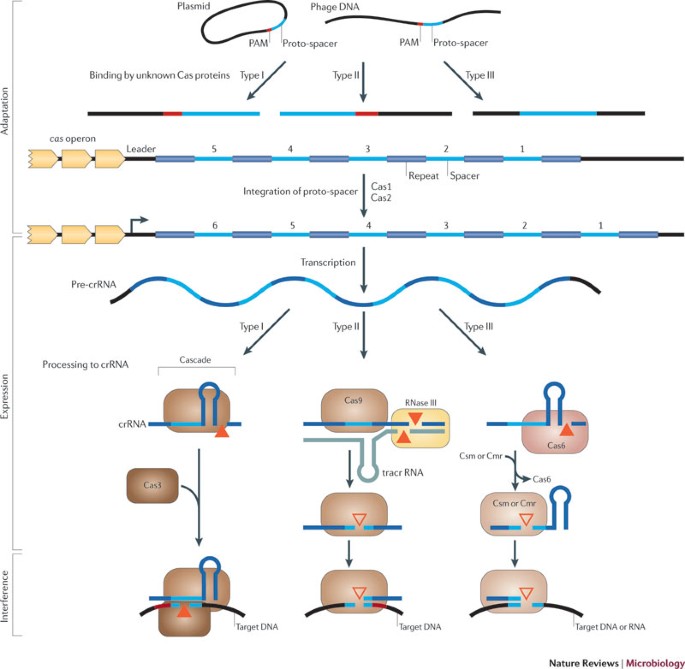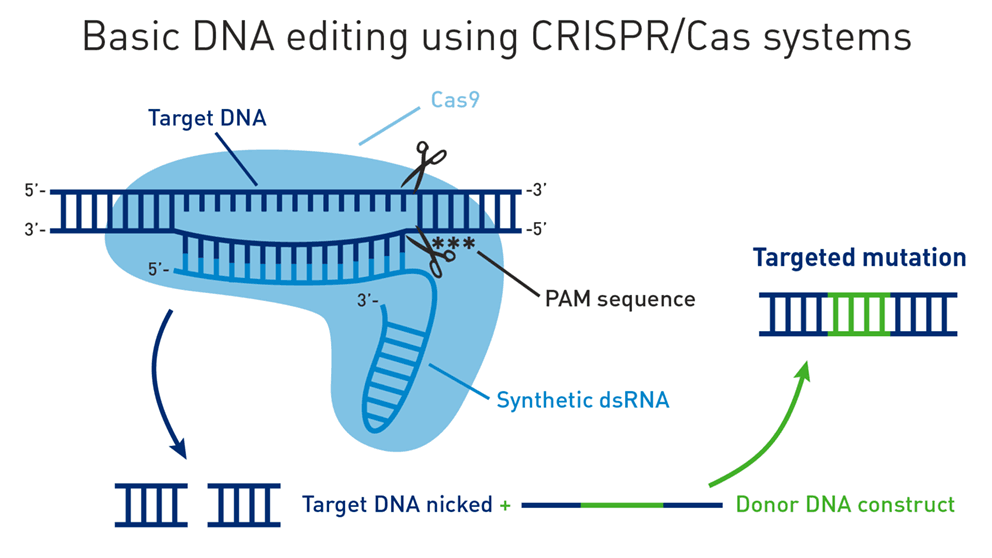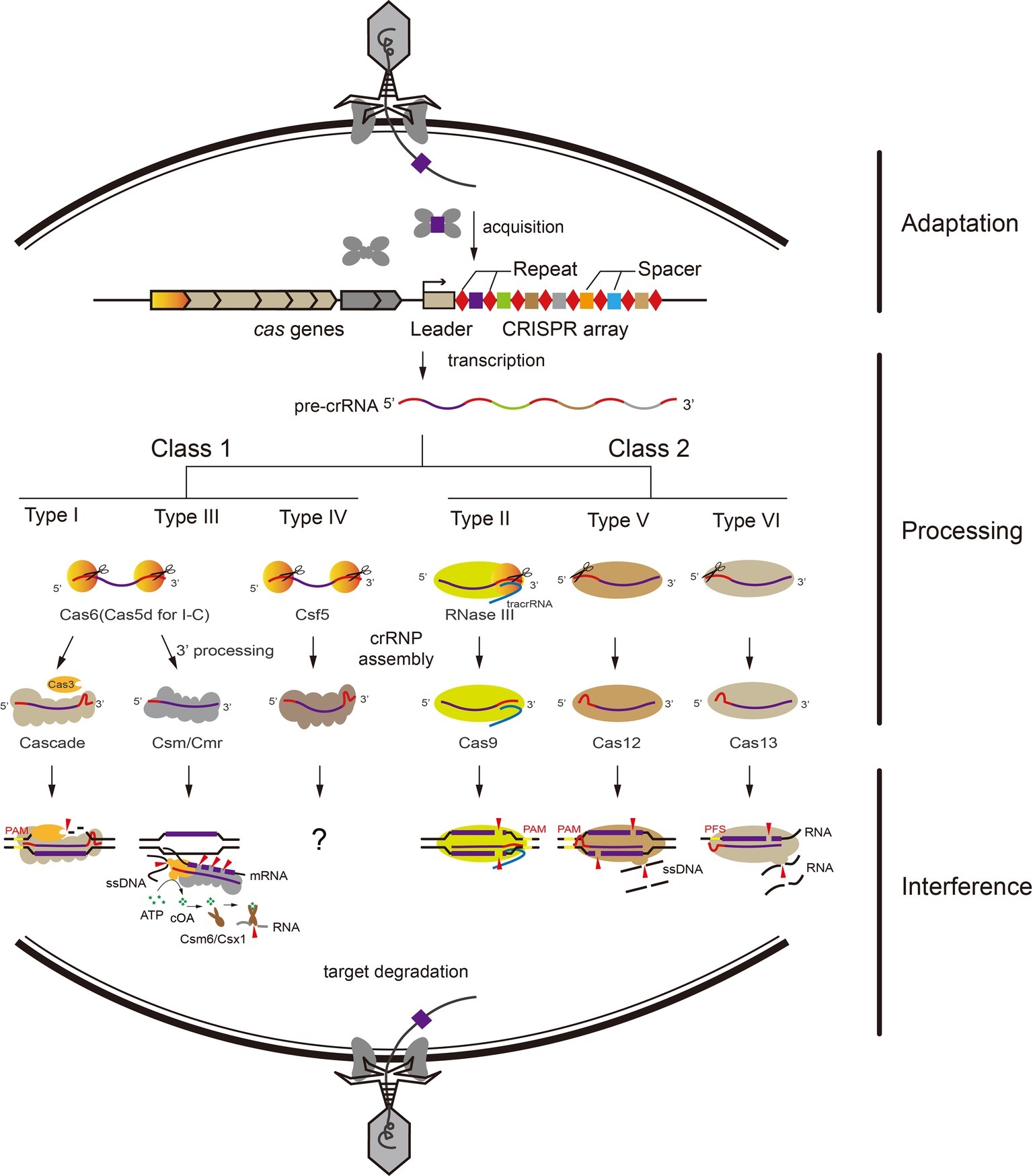
Frontiers | Endogenous CRISPR-Cas System-Based Genome Editing and Antimicrobials: Review and Prospects

Development of CRISPR-Cas systems for genome editing and beyond | Quarterly Reviews of Biophysics | Cambridge Core

Classification of CRISPR/Cas system and its application in tomato breeding | Theoretical and Applied Genetics

CRISPR-Cas systems target endogenous genes to impact bacterial physiology and alter mammalian immune responses | Molecular Biomedicine

Type III CRISPR-Cas systems can provide redundancy to counteract viral escape from type I systems | eLife

CRISPR-Cas: biology, mechanisms and relevance | Philosophical Transactions of the Royal Society B: Biological Sciences

Exploiting the Specificity of CRISPR/Cas System for Nucleic Acids Amplification-Free Disease Diagnostics in the Point-of-Care | Chem & Bio Engineering


